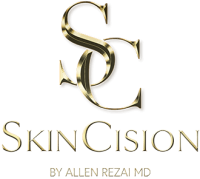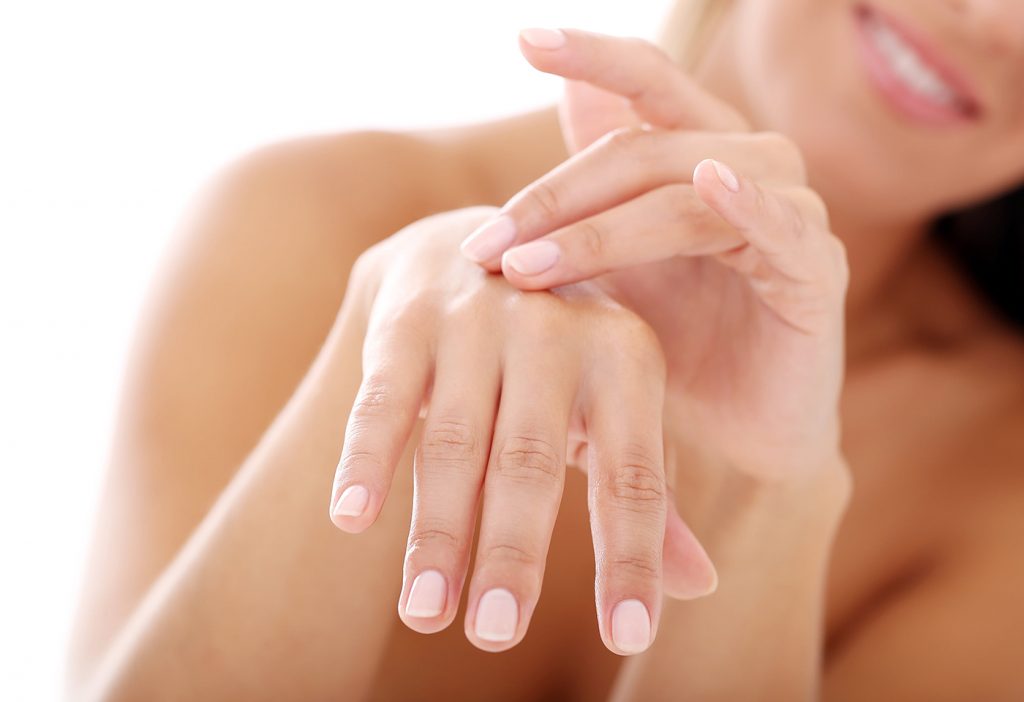Hand ageing is a common yet often overlooked concern for those striving to maintain a youthful appearance. While the face typically garners the most attention in skincare routines, the hands can reveal telltale signs of ageing, such as crepiness, fine lines, and uneven pigmentation. Addressing these issues is crucial for achieving a more comprehensive youthful look.
One effective solution for rejuvenating ageing hands is the use of chemical peels, a treatment that has gained popularity for its ability to improve skin texture, reduce pigmentation, and stimulate collagen production. In this article, we delve into the benefits of combining different chemical peels to combat the signs of hand ageing, supported by recent research and expert insights.
The Science Behind Hand Ageing
Hand ageing is a multifaceted process influenced by a combination of intrinsic (internal) and extrinsic (external) factors. These elements work together over time to alter the skin’s appearance and texture, leading to visible signs of ageing that can make the hands look older and less vibrant.
The Natural Ageing Process
Intrinsic ageing is an inevitable part of the ageing process, driven by the natural decline of essential skin components. As we age, the body produces less collagen and elastin, the proteins responsible for maintaining skin’s firmness, elasticity, and youthful structure.
- Collagen: Collagen is a critical protein that gives the skin its strength and structure. In our youth, collagen is abundant, providing a firm, plump appearance. However, as we age, collagen production slows down, leading to a gradual loss of skin thickness and firmness. This reduction in collagen contributes to the formation of fine lines and wrinkles, particularly on the hands, where the skin is naturally thinner.
- Elastin: Elastin is another essential protein that allows the skin to return to its original shape after being stretched or contracted. With age, elastin fibres degrade, reducing the skin’s ability to bounce back, leading to sagging and the appearance of crepiness, especially in areas like the hands that are constantly moving and exposed.
- Hyaluronic Acid: Hyaluronic acid is a naturally occurring substance in the skin that helps retain moisture, keeping the skin hydrated and plump. As we age, the production of hyaluronic acid diminishes, leading to dryness and a more pronounced appearance of wrinkles and fine lines.
Environmental and Lifestyle Influences
While intrinsic ageing is a natural process, extrinsic factors significantly accelerate the signs of ageing, particularly on the hands, which are frequently exposed to external stressors.
- Sun Exposure: Ultraviolet (UV) radiation from the sun is one of the most damaging extrinsic factors affecting skin ageing. Prolonged exposure to UV rays can break down collagen and elastin, speeding up the ageing process. This leads to the development of wrinkles, as well as hyperpigmentation, commonly known as age spots or liver spots. These darkened patches are particularly noticeable on the backs of the hands and are a clear sign of photodamage.
- Environmental Pollutants: Exposure to environmental pollutants, such as smog, smoke, and toxins, can cause oxidative stress, leading to the breakdown of skin cells. This not only accelerates the ageing process but also results in a dull, uneven skin tone. Pollutants can penetrate the skin’s barrier, causing inflammation and further degrading collagen and elastin.
- Lifestyle Factors: Habits such as smoking, poor diet, and lack of hydration can exacerbate the ageing process. Smoking, for example, constricts blood vessels, reducing blood flow to the skin and depriving it of oxygen and essential nutrients. This leads to a sallow complexion and the premature formation of wrinkles. A diet lacking in antioxidants and vitamins can also result in less resilient skin, making it more susceptible to environmental damage and ageing.
The combined effect of these intrinsic and extrinsic factors leads to a gradual transformation in the skin’s appearance. Over time, the hands lose their youthful plumpness, becoming thinner and more translucent. Wrinkles and fine lines form, pigmentation becomes uneven, and veins become more prominent as the skin’s underlying structures become more visible.
Understanding the science behind hand ageing is crucial for selecting effective treatments that target these specific issues. By addressing the root causes of hand ageing—whether through enhancing collagen production, protecting against UV damage, or replenishing lost moisture—we can help restore a more youthful, vibrant appearance to the hands.
Chemical Peels in Hand Rejuvenation
Chemical peels work by exfoliating the outer layers of the skin, promoting cell turnover, and encouraging the production of new collagen. This process helps to smooth fine lines, reduce the appearance of age spots, and improve overall skin texture.
Two commonly used peels for hand rejuvenation are:
- Glycolic Acid (GA): An alpha hydroxy acid (AHA) known for its ability to gently exfoliate the skin, making it smoother and more radiant.
- Trichloroacetic Acid (TCA): A more potent peel that penetrates deeper into the skin, effectively treating pigmentation issues and promoting collagen synthesis.
Combining Chemical Peels for Enhanced Results
Recent studies have shown that combining glycolic acid with trichloroacetic acid can produce superior results compared to using glycolic acid alone. In one such study, participants received treatments on both hands—one hand with glycolic acid and the other with a combination of glycolic acid and trichloroacetic acid.
The results were compelling. Both treatments significantly improved the appearance of wrinkles and pigmentation, but the combination therapy yielded better outcomes overall. Patients reported higher satisfaction with the combination peel, noting smoother, more evenly toned skin with fewer visible signs of ageing.
Why Hand Rejuvenation Matters
The hands are often one of the first areas to show signs of ageing, yet they are frequently neglected in skincare routines. Rejuvenating the hands not only enhances your overall appearance but also boosts self-confidence. By addressing the signs of hand ageing with advanced treatments like combined chemical peels, dermal fillers, skin boosters, PRP therapy, Morpheus8, and Lumecca IPL, you can achieve a more harmonious, youthful look that extends beyond the face.
At SkinCision By Allen Rezai MD, we understand the importance of addressing hand ageing not only for aesthetic purposes but also for enhancing patients’ overall quality of life. Hands are often one of the most telling signs of age, and rejuvenating their appearance can significantly boost self-confidence. By incorporating advanced treatment strategies, we are able to offer our patients the best possible outcomes, ensuring their hands reflect the same youthful vitality as their faces.
If you are unsure where to begin, schedule an initial thorough consultation at SkinCision By Allen Rezai MD to assess your skin needs and create a bespoke treatment plan that will best address hand ageing.
For details about procedures and treatments or for a consultation, advice and prices from our London clinic please call +447795065621 or use our ONLINE FORM.





